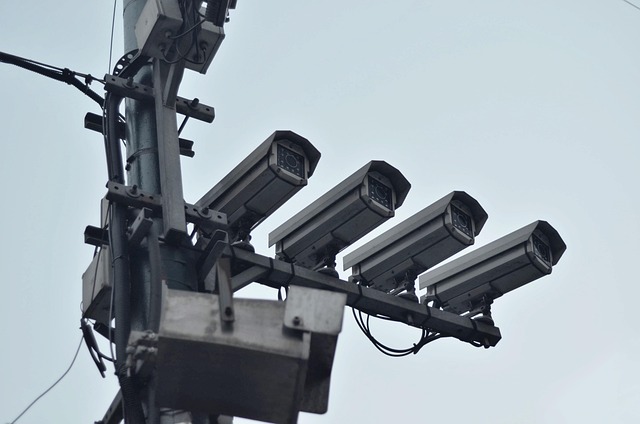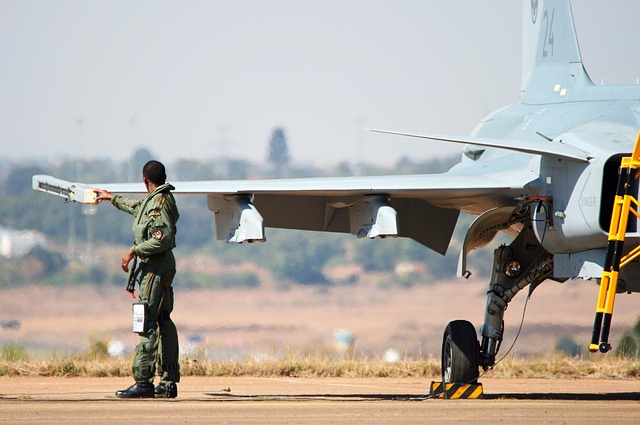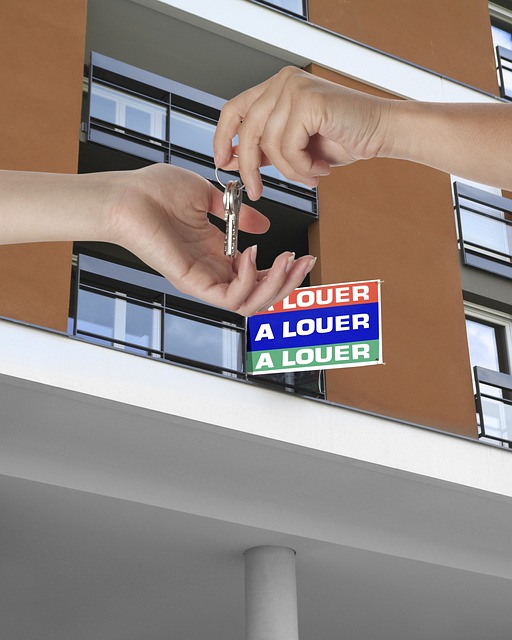Landlords must prioritize regular gas safety checks to identify and rectify potential hazards in rental properties. This involves inspecting pipes, appliances, ventilation, and documenting findings to ensure compliance with regulations. Effective communication educates tenants about risks, encourages reporting, and fosters a partnership for property safety and maintenance.
Landlords have a crucial responsibility to ensure the safety of their tenants when it comes to gas appliances. This comprehensive guide is designed to empower property owners with the knowledge and tools needed to tackle landlord gas safety checks head-on. From understanding legal obligations to identifying hazards, documenting issues, and effective tenant communication, we cover essential practices to maintain a secure living environment. Learn how to navigate these important steps, ensuring compliance and peace of mind.
- Understanding Landlord Legal Obligations for Gas Safety
- Essential Tools and Equipment for Conducting Checks
- Identifying Common Gas Safety Hazards in Rental Properties
- Step-by-Step Guide to Documenting and Addressing Issues
- Best Practices for Communicating with Tenants About Safety
Understanding Landlord Legal Obligations for Gas Safety

As a landlord, it’s crucial to understand your legal obligations when it comes to gas safety. In many jurisdictions, landlords are responsible for ensuring that gas appliances and systems in their rental properties are safe and well-maintained. This includes conducting regular landlord gas safety checks to identify and rectify any potential hazards. Failure to meet these duties can result in legal consequences and put both the tenants and yourself at risk.
A comprehensive guide to gas safety checks should be a priority for landlords. This involves inspecting gas pipes, appliances like stoves, heaters, and boilers, as well as ensuring proper ventilation. By prioritizing these tasks, you not only protect your tenants from potential gas hazards but also fulfill your duty of care, which is essential for maintaining a safe living environment.
Essential Tools and Equipment for Conducting Checks

Conducting thorough gas safety checks is a vital part of a landlord’s responsibilities. To ensure compliance with rental property gas safety requirements, landlords should invest in essential tools and equipment. This includes a combination gauge to test for leaks, as well as a digital multimeter to measure voltage and current. These tools are indispensable when carrying out a landlord gas safety visit, enabling thorough inspections and identifying potential hazards.
Understanding tenants’ rights regarding gas safety is crucial too. Landlords must provide a safe living environment, conducting regular maintenance and checks. During these visits, they should also educate tenants on safety procedures, ensuring everyone’s well-being. What is included in a landlord gas safety visit? A comprehensive check of all gas appliances, pipes, and fittings, along with clear documentation of the findings, are key components to guarantee rental property gas safety requirements are met.
Identifying Common Gas Safety Hazards in Rental Properties

Identifying potential hazards is the first step in ensuring your rental property meets essential gas safety standards. As a landlord, conducting regular and thorough checks is crucial. A landlord gas safety check involves evaluating various aspects, such as proper ventilation systems, the condition of gas appliances, and evidence of routine maintenance. Paying close attention to details like unusual odours, stale air, or any signs of leaks can help detect early warning signs of potential risks.
When it comes to rental property gas safety requirements, what is a landlord gas safety check entails much more than just visual inspections. It requires knowledge of the latest regulations and understanding how to identify fake gas safety certificates. How to spot fake certificates is an important consideration; landlords must verify the authenticity of these documents to ensure the safety and well-being of their tenants. Regular maintenance and staying up-to-date with industry standards are key practices for any responsible landlord.
Step-by-Step Guide to Documenting and Addressing Issues

Conducting a thorough landlord gas safety check involves more than just an annual inspection. It’s a step-by-step process that requires meticulous documentation and swift action. Start by identifying all gas appliances in the property, including boilers, cookers, and heaters. Next, assess their condition, checking for any signs of damage, corrosion, or unusual noise—red flags indicating potential safety hazards.
Create detailed records of your findings, noting down specific issues and their locations. This documentation not only helps in tracking repairs but also serves as evidence of your proactive approach to landlord gas safety. Prioritize addressing critical issues first, such as faulty boilers that require prompt boiler repair. Prepare your property for gas inspectors by ensuring easy access to all appliances and maintaining a safe environment throughout the process.
Best Practices for Communicating with Tenants About Safety

Effective communication is key when it comes to landlord gas safety checks. Landlords should establish clear and open lines of dialogue with their tenants to ensure everyone understands the importance of regular safety inspections. Begin by educating tenants about common high-risk gas appliances in rentals, such as old boilers or faulty pipes, and how these can lead to dangerous situations if not addressed promptly. Encourage tenants to report any suspicious smells, sounds, or unusual behaviours from their rental units right away.
During the check-in process, landlords should provide detailed information about what a gas safety certificate covers. Explain that this document ensures all gas appliances are in good working order and meet safety standards. Assure tenants that regular maintenance and timely repairs of any identified issues will be addressed to keep their living spaces secure. Foster a culture of partnership where both parties actively participate in keeping the rental property safe and well-maintained.
Landlords play a vital role in ensuring the safety of their tenants by adhering to legal obligations and implementing best practices. Regular gas safety checks using essential tools are crucial to identifying and addressing hazards. By following a step-by-step guide, landlords can effectively document and rectify issues, fostering a secure living environment. Open communication with tenants about safety is key, promoting a culture of vigilance and mutual responsibility for maintaining landlord-tenant relationships built on trust and care. Incorporating these practices into routine maintenance routines makes them a game-changer in the realm of landlord gas safety checks.
